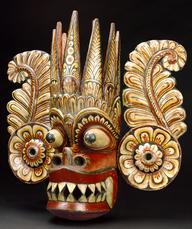





Two 'Drop' needles, used in Shonoshin therapy, a non-invasive form of acupuncture developed for young children, from the surgery of a British practitioner c.1996, unsigned, manufactured in Japan, 1980-1985.
Traditional Chinese Medicine (TCM) practitioners believe the flow through the body of a life force known as qi (chi) is essential to wellbeing. In TCM, acupuncture needles are normally inserted into certain points on the skin. This unblocks the flow of qi. However, these two needles are examples of ‘drop needles’. They are used in Shonoshin therapy. This non-invasive acupuncture is for children. These needles were manufactured in Japan in the 1980s. They were acquired through the surgery of a British acupuncturist.
Details
- Category:
- Asian Medicine
- Object Number:
- 2002-442
- Measurements:
-
overall: 50 mm 5 mm, .02kg
- type:
- acupuncture needle
- credit:
- Kelley, R.




